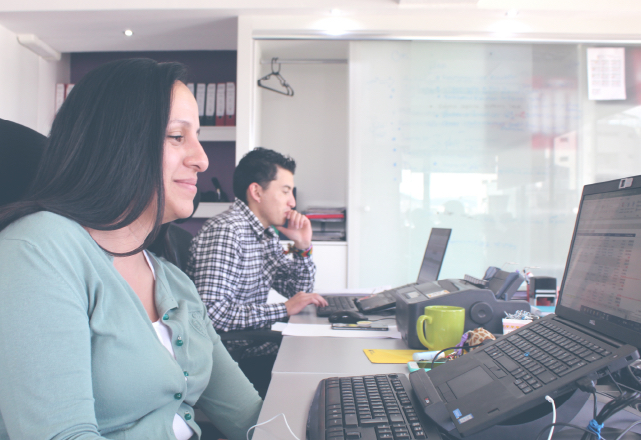According to the World Bank, over 75% of the world’s population (approx. six billion people) live in low and middle-income countries. As a result, healthcare providers in these countries are often over-burdened, caring for many more patients than the World Health Organization (WHO) recommended doctor–population ratio of 1:1,000. This high case load leads to clinical errors compounded by unavailable or incorrect physical patient records.

Bahmni, an easy-to-use e-medical record (EMR) & Health Information Management System (HIMS) designed specifically for low-resource settings, helps to mitigate these risks. It combines and enhances several open source products into a single solution; addresses missing or incomplete patient health history, patient record unification, user-centricity and access to healthcare providers through teleconsulting. Bahmni’s goal is to provide a high-quality, free, open source, comprehensive Health Information Management System comparable to the best tools available in high-income countries.
For medical teams, Bahmni brings a single, reliable source of patient information and record of care; huge steps forward in efficiency and accuracy. For patients that means reductions in wait times, less errors and –ultimately– these contribute to better health outcomes
Creating systems for low-resource settings brings a unique set of challenges. From the outset, the teams working on Bahmni have to ensure it operates where power and connectivity are unreliable, and can be used and administered locally, by teams with low digital fluency. They need to achieve this without compromising on functionality or user experience. For example, Bahmni’s search feature allows search by many identifiers, is customizable to local languages, works in low connectivity sites and can be implemented without software development skills.

Bahmni was born out of a collaboration between Thoughtworks and the JSS hospital in rural India that started in 2012. Since then Thoughtworks has been a key player in Bahmni’s development. In the last decade Bahmni has grown to meet the gaping healthcare systems need, and is now in use in 50+ countries, serving millions of patients. We have evolved how Bahmni is developed and maintained, and the Bahmni coalition has been stewarding its path since 2019 – ensuring that users are informing the process.
Investing in India
Bahmni is the only open-source ERM / HIMS to be certified by the Ayushman Bharat Digital Mission (India’s national digital healthcare infrastructure). Following this certification and at the request of the Indian government, the Bahmni Coalition expanded Bahmni, creating a lightweight version to cater to the thousands of small clinics across India, supporting over one billion people’s healthcare. This version, Bahmni Lite, is closely integrated into the ABDM network and can feed into policy decision making without layering weighty administrative burdens on local teams.

Bahmni Lite is also fully – and securely – cloud-native and enables Bahmni to be offered as a service (SaaS). It’s preconfigured, to be easily installed on Linux, Windows or Mac OS; and responsive, to support medical staff switching between devices as necessary. Bahmni Lite has eMedical records set up and a payments module to support billing, as well as teleconsultations and whatsapp / email integrations for prescriptions and patient communication.
Bahmni Lite is a big step forward in the efficiency of global healthcare, and we are excited about the long term impact it will make across all low resource healthcare settings.
Disclaimer: The statements and opinions expressed in this article are those of the author(s) and do not necessarily reflect the positions of Thoughtworks.


















